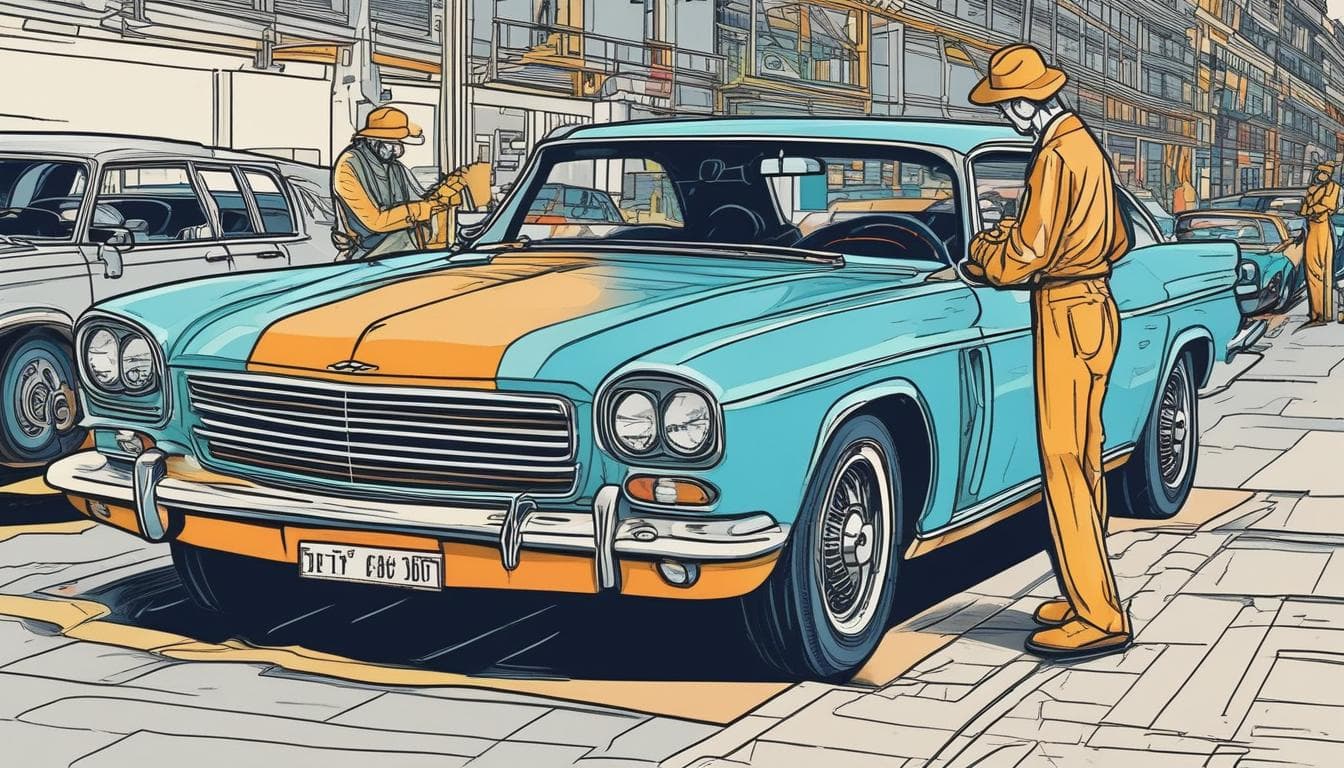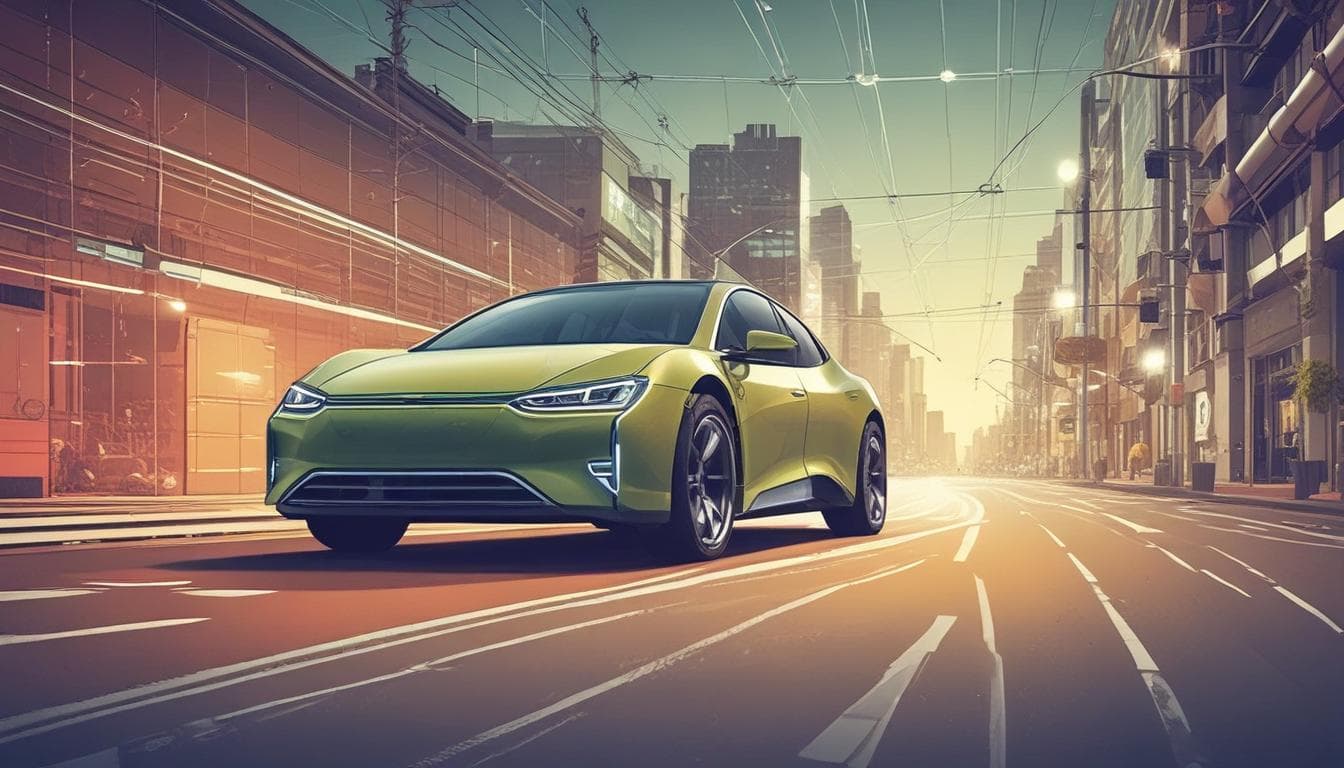As global resources become scarcer and environmental challenges intensify, imagine a future where automotive design is dictated not by luxury or performance, but by extreme sustainability and localized material availability. How might this reshape the aesthetics, functionality, and even the very concept of a 'car' in different regions, leading to radically diverse and unexpected vehicle forms? Will we see cars made from recycled ocean plastic, desert-grown composites, or urban waste, becoming hyper-specialized for their immediate environment?
This is a truly thought-provoking vision, and I wholeheartedly agree that extreme sustainability and localized material availability will fundamentally redefine what a 'car' means. We're moving away from a globalized, mass-produced ideal to something far more adaptive and regionally specific.
Imagine the aesthetics shift: less about chrome and polished steel, and more about honest, raw materials that tell a story of their origin. Vehicles might embody the natural textures and colors of their local environment, celebrating the ingenious use of what's at hand rather than striving for a universal luxury standard. A car in a coastal region could indeed be crafted from durable, recycled ocean plastics, perhaps with a unique, almost organic form that minimizes drag in windy conditions. Meanwhile, a vehicle designed for arid landscapes might feature desert-grown composites, engineered for extreme temperature resilience and minimal water usage in its production. This hyper-specialization would lead to an incredible diversity of forms, each optimized for its specific niche.
Functionality would also be paramount. These vehicles wouldn't just be about transport; they'd be extensions of their environment, perhaps even playing a role in local resource management or energy generation. We could see modular designs that allow for easy repair, component replacement, or even repurposing at the end of their life, deeply embedding the principles of driving sustainability through a circular economy. The focus would shift from planned obsolescence to longevity and resource efficiency.
Consider the impact of advanced manufacturing techniques like 3D printing, combined with the rise of smart materials in automotive design. This would empower local communities to design and produce vehicles tailored precisely to their needs, using locally sourced and recycled inputs. Urban waste streams could be transformed into robust chassis components, while agricultural byproducts could become interior trim. The concept of a 'factory' might evolve into localized micro-manufacturing hubs, fostering community engagement and reducing transportation emissions.
This future paints a picture of vehicles as truly integrated parts of their ecosystems, reflecting the ingenuity and resourcefulness of their creators. It's a challenging but incredibly exciting prospect for the automotive industry.
이 주제에 대해 더 알아보기
대화에 참여하기
- 자율주행 시대에 대한 회의적 시각과 미래 자동차 산업
자율주행 기술의 발전과 함께 회의적인 시각도 존재합니다. 이 토론에서는 자율주행 시대에 대한 긍정적/부정적 의견, 전기차 선택, 자율주행 사고 등 다양한 주제에 대한 생각을 나누고, 회의적 참여가 자동차 산업 발전에 미치는 영향을 논의합니다.
- 자율 주행차가 도시의 미래를 어떻게 바꿀까요?
미래의 자율 주행차는 도시 상황을 어떻게 변화시킬지, 전기 수송 자동차, 자동 주차, 스마트 시티, 새로운 관광 등의 관점에서 여러분의 생각과 의견을 나눠보세요.
- 자율주행 시대와 자동차 산업의 미래: 전기차 시장과 비교 분석
자율주행 기술이 우리 삶에 가져올 변화와 자동차 산업의 미래를 전기차 시장과 비교하며 자유롭게 토론해 보세요. 미래 모빌리티에 대한 다양한 의견을 나누고 함께 미래를 그려봅시다.





